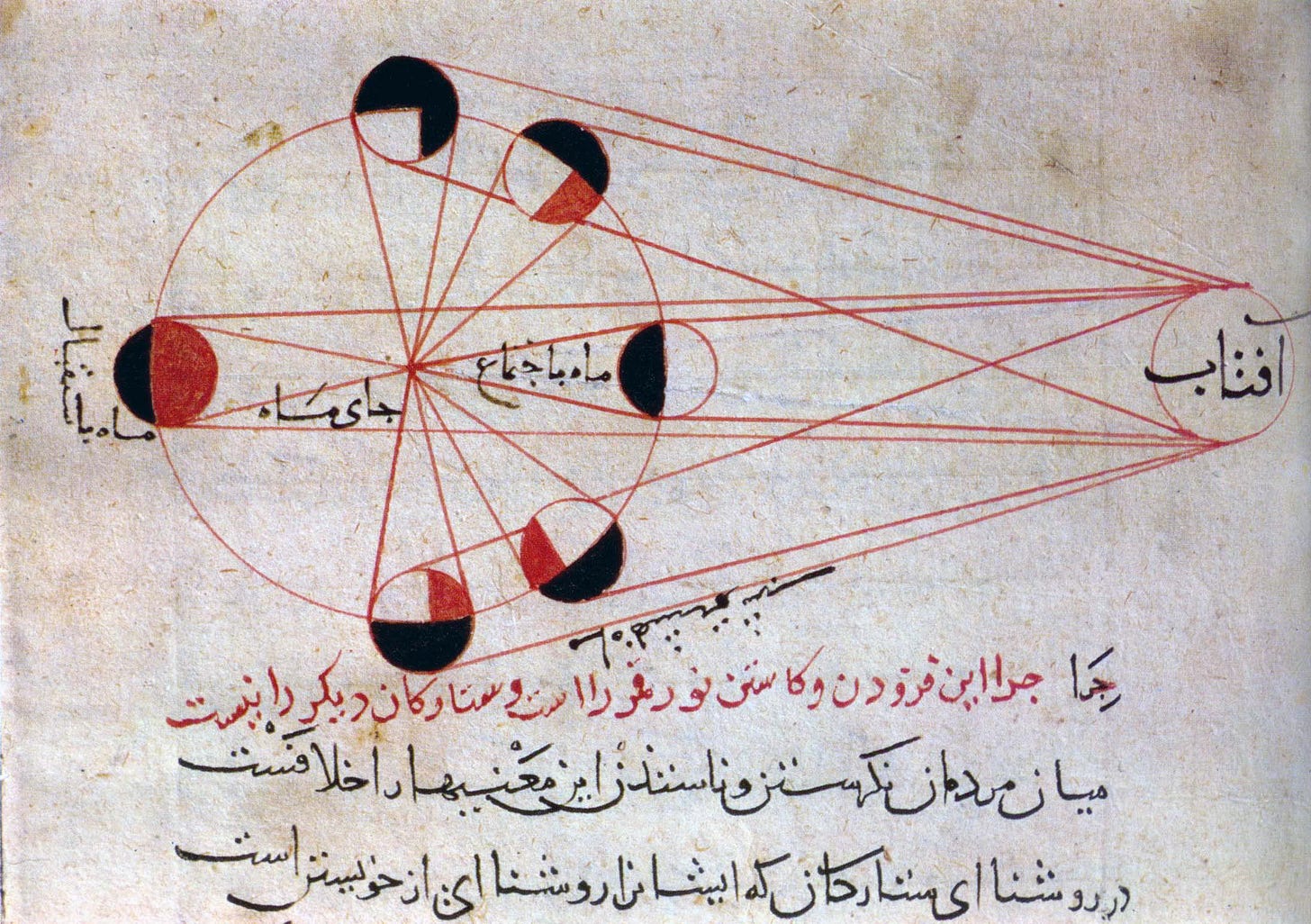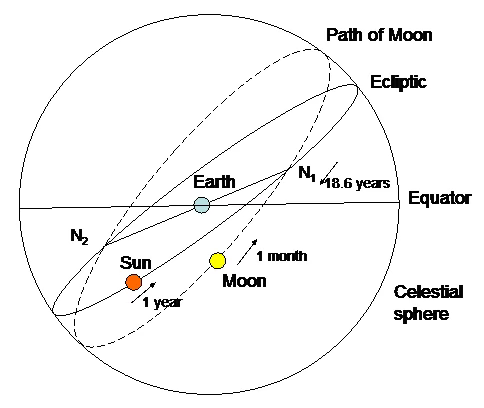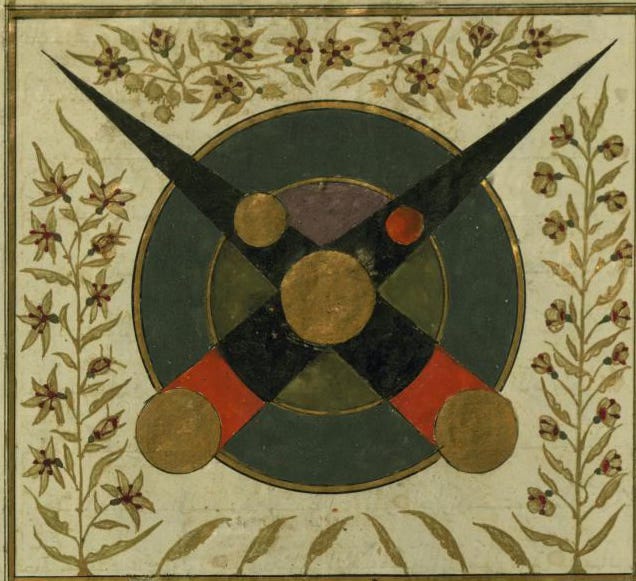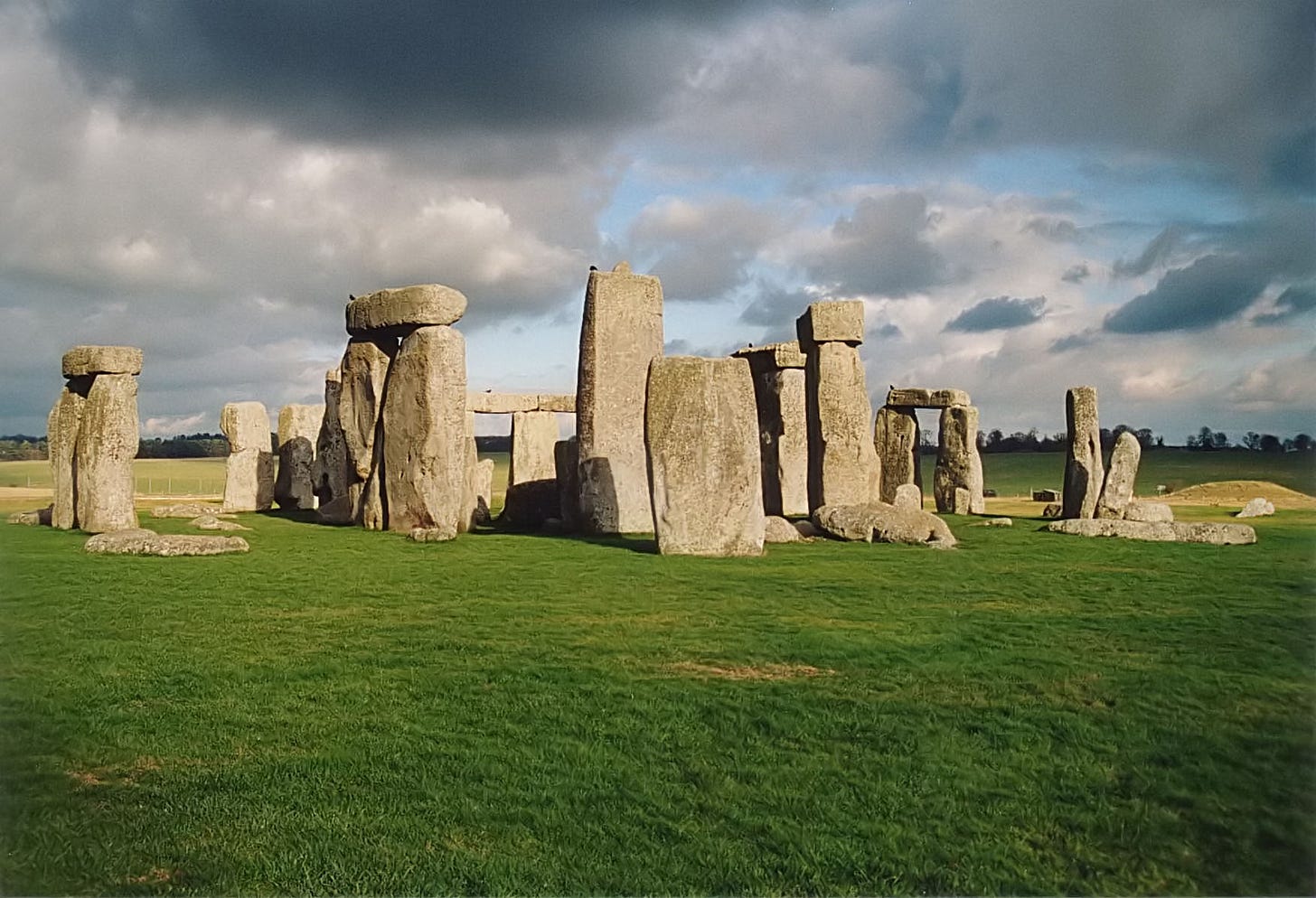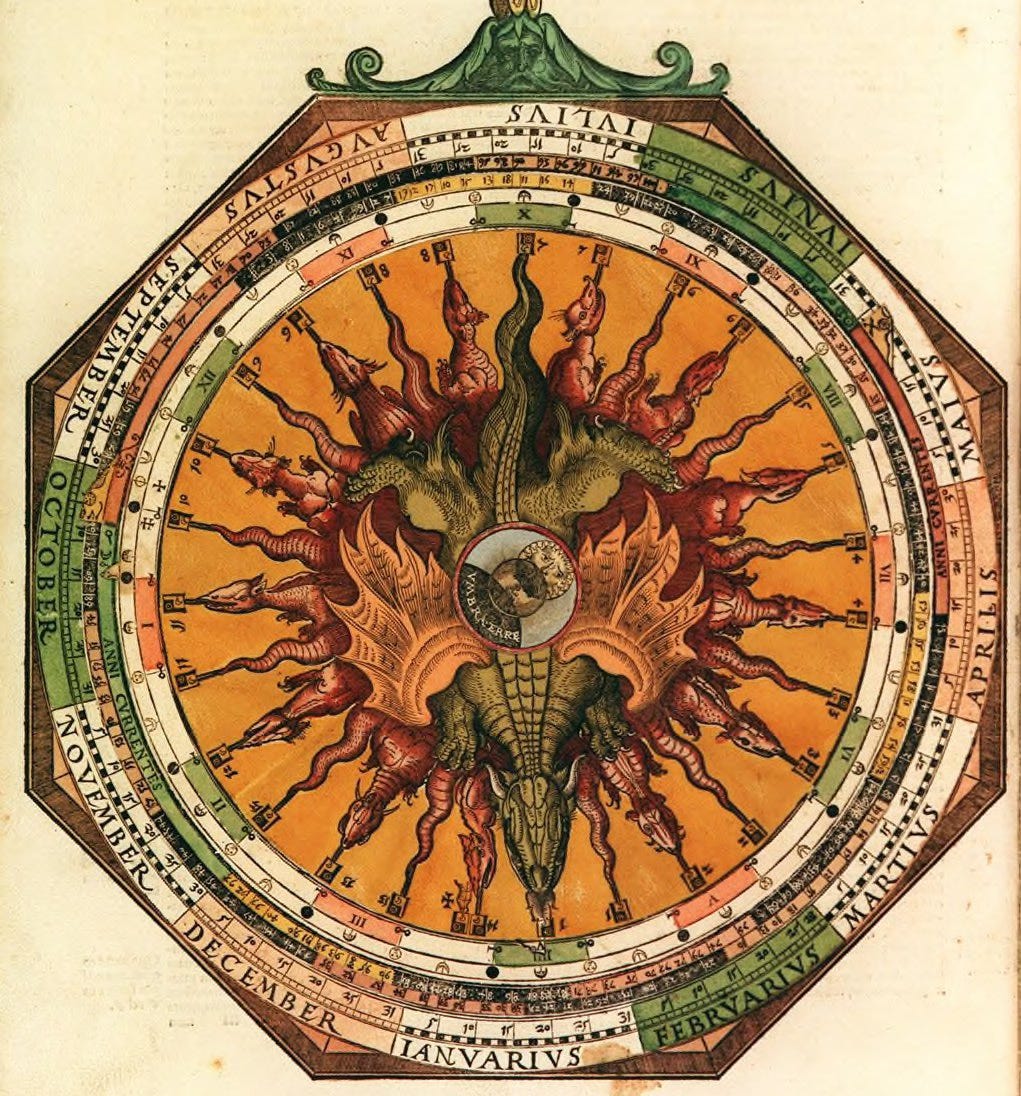
One day, more than a decade ago, I was working in a newly planted orchard alongside my helper Salvador, Don Chava to his friends and family, who is now 90 years old, and at that time was a very spry and active elderly gentleman in his late 70’s. He was born in 1934 in a rural district in the state of Zacatecas, Mexico. Definitely a man from another time and world, he remembers the first automobile in his village, as well as when the first airplane flew over, and hearing the first record player. Without getting lost in a biographical digression, working alongside Salvador, who was my principle helper on the farm, as well as my good friend, was an amazing experience in cultural exchange. He is a devout Catholic of a rather conservative, but extremely kind and loving, orientation, his worldview is strongly magical. He was raised in a world of tales of magic, witches and fantastic creatures, buried treasure, an enchanted universe in which God holds all things together, magic is real, and nature is very much alive with spiritual presence. His faith is so strong that when he prays for something, it usually comes to pass. His skill in tending plants, matitas, he called them, was unsurpassed. I was many times amazed at his deep connection to the spiritual world and to the plants he tended. Our friendship was an inspiration to me and definitely changed my outlook on both farming and spirituality. He is, in short, a true cunning farmer.
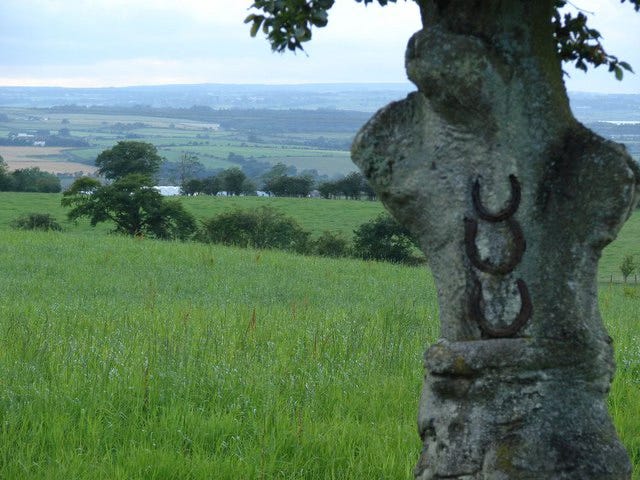
One day when he turned to me while we were weeding the young fruit trees and said (in Spanish), “You should hang horseshoes in these trees to keep them from being damaged by eclipses.”
“Eclipses?” I replied, not sure if I was hearing the Spanish right. “You mean when the moon passes between the Sun and the Earth and everything goes dark?”
“Yes. They harm plants.”
This was before I had ever studied astrology at all and it sounded like a bit of quaint superstition, I mean how could an eclipse harm plants? I have always tried to follow the Farmer’s Almanac’s instructions for organizing farm work according to the sign the Moon is passing through and its phase, whenever practically possible. Which on a farm it often isn’t. But this was something different.
I have also always been alert to snippets of the lore of agricultural magic when I come across them, so my ears perked up a bit at this. I have long been a fan of Celtic folklore and I knew that iron was believed to have apotropaic properties, and is regarded to be effective for repelling fairies, for instance, and I figured the iron was supplying the major part of the “effective virtue”, as it were.
From then on I hung every scrap of iron that I found while digging in the garden from the limbs of the fruit trees to prevent them from being damaged by harmful spiritual forces. Salvador saw this and said, something to the effect of, “That’s fine, but it has to be horseshoes for eclipses.”
I didn’t really think about this particular piece of folklore until I read the Picatrix, and began to study astrology and astrological magic several years later (when Uranus was transiting my Ascendant, as it happens). The medieval compendium of astrological lore and magic, the Picatrix, tells us that the aspects of the Sun and Moon (lunar phases) affect the composition of the elements in all composite things, saying, “Eclipses affect the Sun, the Moon, and the Fixed Stars and influence them to the harm of other composite bodies”. The author clarifies that the Sun, Moon, and Stars, are not harmed by the eclipse, but rather change the energetic quality which emanates from them, saying the “reason harm to animals, trees, and other composite bodies from eclipses of the Sun, Moon, and other planets happens is because the four elements are altered, changed, and damaged.”
When I read this passage several years later, I immediately thought of Salvador and his horseshoes. The Picatrix, in fact, was originally composed in Al-Andalus, Moorish Spain, and a link between Arabic astrological magic and Mexican agricultural folk magic is not out of the realm of possibility. I spoke recently with Salvador’s wife, and she told me tradition of avoiding eclipses and using what we would refer to as apotropaic magic to ward off their ill effects is one of great antiquity, having been passed down from generation to generation since time immemorial.There seems, however to have been a lost rationale for what initially seemed to be an example of a quaint rural superstition. It is interesting indeed that the astrological symbol for the two points in the ecliptic where it is intercepted by the Moon’s eccentric orbit resemble horseshoes, one points up (the descending node) and the other down (the ascending node). These are the points in the sky where eclipses can occur when the Sun and Moon pass over them during their orderly trips through the heavens. It seemed to me that the necessity of the horseshoe shape for warding off the damage caused by eclipses was related to the symbolism of the lunar nodes.
A brief explanation of the astronomical phenomena of the eclipse and its astrological significance is probably in order before we proceed to our discussion proper. Eclipses are celestial events which happen when either the shadow of the passing Moon covers the disk of the Sun, a solar eclipse, or when the shadow of the Earth falls across the disk of the Moon. Because the plane of the Moon’s orbit is slightly at an angle to the path of the Sun through the sky,which is known as the ecliptic, (in terms of heliocentric astronomy, it’s the plane of the Solar system containing the orbits of the Earth and all of the planets), there are only two points at 180 degrees to one another where the orbits coincide. These are known as the nodes, and their astrological symbols resemble horseshoes, as discussed earlier. In astrology the Ascending Node, also known as the North Node where the orbit of the moon ascends north of the ecliptic is known as the Caput Draconis, the Head of the Dragon, and the Descending Node, the South Node, is known as the Cauda Draconis, the Tail of the Dragon. The head and tail of this celestial dragon, obviously a relative of the Chaos Monsters of the primal creation myths, are symbols of powerful forces which introduce chaos and uncertainty into the world here below the heavens. Lunar Eclipses can only occur when the Moon is in opposition to the Sun, that is during a Full Moon, and the converse is true for solar eclipses, which only occur during new Moons, or when the Sun is conjunct the Moon. The alignment of the Sun, the Moon, and the Earth are precise during these events, leading to an enhancement of the tidal forces normally in operation during new and full Moons, making higher than normal king tide events.
Many cultures worldwide have feared the uncanny occurrence of an eclipse, when the effulgent radiance of one of our celestial luminaries, either the Sun or the Moon, is suddenly blocked by a shadow. Apotropaic rituals to aid the eclipsed Sun or Moon are recorded worldwide, on ancient Babylonian tablets, and in the medieval penitential books from Northern Europe to name just two examples separated by thousands of years and miles. It is indeed one of the strangest experiences to have the brilliant sunlight of a warm spring day suddenly replaced by eerie twilight. Everything becomes hushed, a cool breeze begins to blow, strange crescent shaped shadows begin to form under the dappled light beneath trees, on the whole it is a very odd sensation indeed. Likewise, a total lunar eclipse can blacken or redden a brilliant full Moon, giving an indescribable spooky or eerie feeling to an otherwise beautiful moonlit night.
Since ancient times, predicting the occurrence of both solar and lunar eclipses has been the purview of astronomers who in antiquity often belonged to the priestly caste. These days they are predicted years in advance and nobody is caught by surprise anymore. However, that wasn’t always the case. Predicting eclipses seems to have been a preoccupation of humans all over the world throughout history. When a culture gets complex enough and can produce enough agricultural surplus to feed a crew of workers, in many cases, one of the first projects to which that work crew gets assigned is the construction of earthen or stone observatories to plot the movements of the Sun, the Moon, and the stars against in immoble background. There is evidence to suggest that this was one of the purposes for the construction of the famous megalithic monument Stonehenge, which could be used, according to researcher Gerald Hopkins, as a digital computer for the prediction of eclipses by tracking the movements of the Sun and Moon. All across Europe similar but smaller circular arrangements of stones were constructed by smaller communities to track celestial movements. Across the Atlantic, not far from where I am writing, in Kentucky, Ohio’s famous Serpent Mound is believed by archaeologist William Romain. to have been created to commemorate and predict solar eclipses. In ancient Mexico, the Mayan culture also developed a sophisticated calendrical system and were able to use not only their advanced mathematics, but also their meticulously constructed stone celestial observatories to measure the movements of the Sun and Moon and to predict eclipses with great precision. We could continue to list the sophisticated astronomical achievements of ancient cultures from Egypt and China to Mesopotamia and the Americas, turning this brief essay into a book length work, but we will keep our focus narrowly on eclipses for the time being.
All of this begs the question as to why ancient people were so concerned with predicting eclipses?
Keep reading with a 7-day free trial
Subscribe to The Cunning Farmer to keep reading this post and get 7 days of free access to the full post archives.




